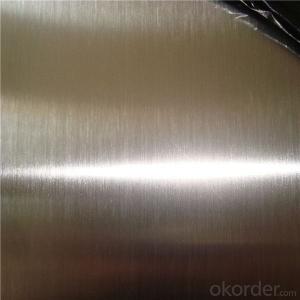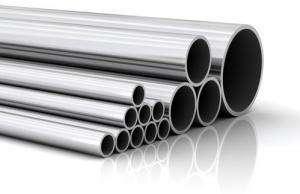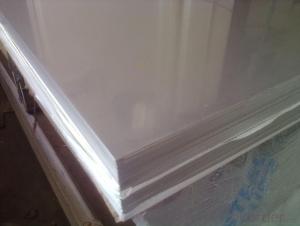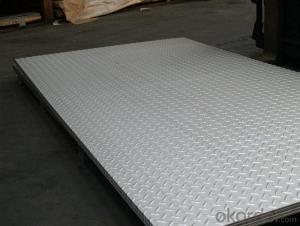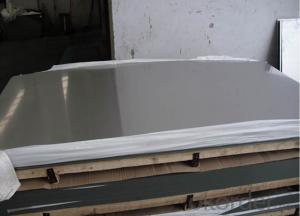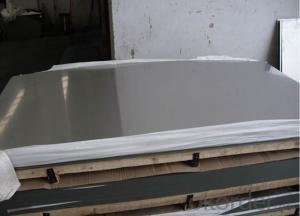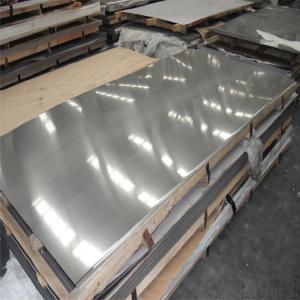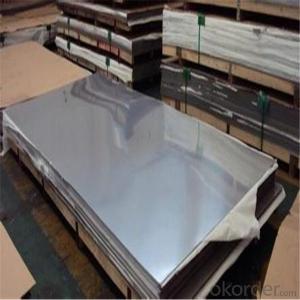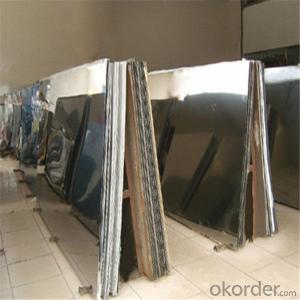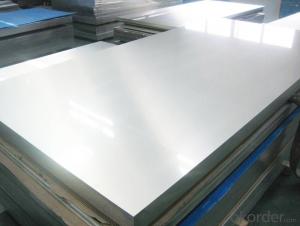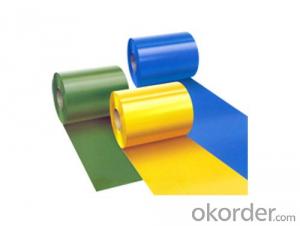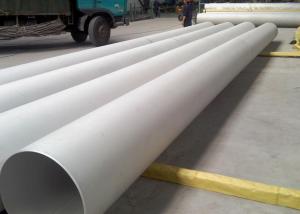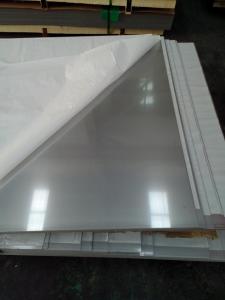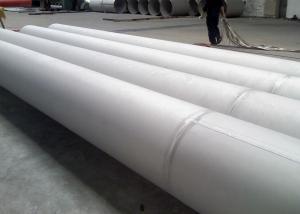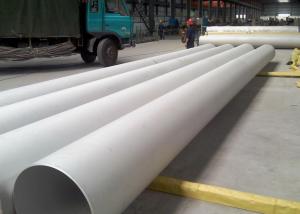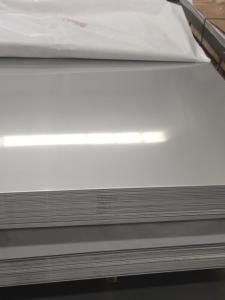Stainless Steel Plate 2520 duplex 1219x2438mm
- Loading Port:
- Shanghai
- Payment Terms:
- TT OR LC
- Min Order Qty:
- 3 m.t.
- Supply Capability:
- 20000 m.t./month
OKorder Service Pledge
OKorder Financial Service
You Might Also Like
Specification
2205 2507 2520 duplex stainless steel plate
We are a professional manufacturer of stainless steel sheet. According to ASTM, JIS and AISI,GB, standards, Jaway steel enhances effectiveness and of quality control from selecting the raw materials, cutting, slitting, shearing, surface treatment, packing, exporting of the existing products.
Product Description
Details of Stainless Steel Sheet/Plate: > > > > > > > > > > > > > > > > >
2205 stainless steel plate
Type | Stainless steel plates/Stainless plate/Stainless sheet |
Thickness | 1mm-140mm |
Width | 2000mm |
Length | 1m---8mm or as customer |
Standard | JIS,ASME,ASTM,EN etc |
Material | 201,202,301,304,304L,316,316L,317, 317l ,321,309S,310S,410,2Cr13,3Cr13,2205 |
Brand name | TISCO,BG,ZPSS,YUSCO,JISCO,BXIN,KSK,KRUPP |
Application range | Foodstuff, gas, metallurgy, biology, electron, chemical, petroleum, boilers, nuclear, energy and medical equipment, fertilizer, etc |
Packing | Standard export sea-worthy packing or as the customer’s requirement |
Productivity | 500 tons per month |
Note | We can produce other standards as the customer’s requirement |
Products Show
These are the normal items, for the special requirements,we can also meet.
Surface finish | Characteristics and application |
NO.2B | The surface brightness and flatness of no2B is better than no2D. then through a special surface treatment to improve its mechanical properties,No2B could nearly satisfy comprehensive uses. |
NO.3 | Polished with abrasive belt of git#100-#200, have better brightness with discontinuous coarse stria, used as inner and external ornaments for building, electrical appliances and kitchen utensils etc. |
NO.4 | Polished with abrasive belt of grit #150-#180,have better brightness with discontinuous coarse stria,but thinner than No3, are used as bathtub buildings inner and external ornaments electrical appliances kitchen utensils and food processing equipment etc. |
HL | Polished with abrasive belt of grit #150-#320 on the NO.4 finish and has continuous streaks, mainly used as buildings ornaments elevators,door of building, frontal plate etc. |
BA | Cold rolled, bright annealed and skin-passed, the product have excellent brightness and good reflexivity like mirror,kitchen apparatus,ornament etc. |
8K | The product have excellent brightness and prefer reflexivity can to be the mirror. |
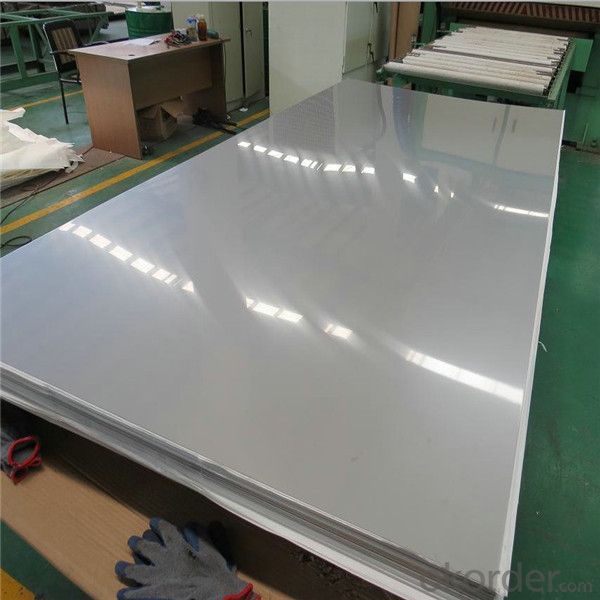
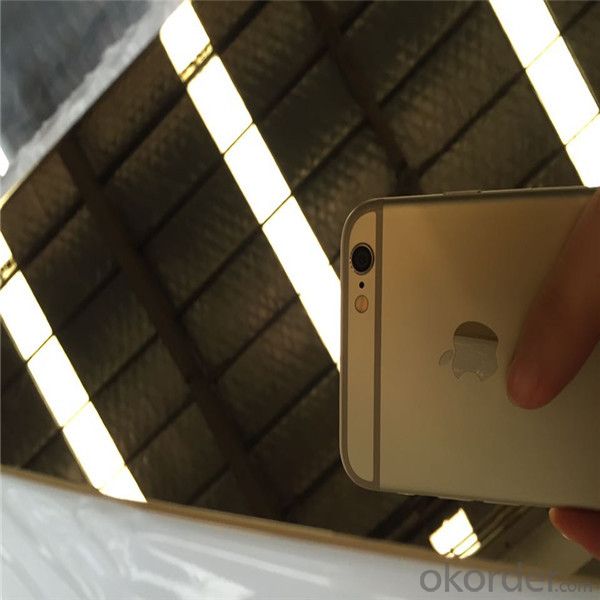
Our Advantages
• All products are made of high-quality imported raw materials.
• Our products are certified by ISO9001:2008 authentication quality systems.
• we are nominated as the AAA enterprise by Jiangsu government.
• Quick Response to Your Enquiry.
- Q: Do stainless steel sheets have a warranty?
- Stainless steel sheets usually have a warranty, which can differ in duration and terms depending on the manufacturer and specific product. It is advisable to consult with the supplier or manufacturer to obtain precise information regarding the warranty coverage. Generally, defects in material or workmanship are covered by the warranty, and if any problems occur within the specified warranty period, the stainless steel sheet can be replaced or repaired. To maintain the warranty's validity, it is crucial to adhere to the care and maintenance instructions provided by the manufacturer.
- Q: 304 why is stainless steel magnetic?
- However, due to segregation or improper heat treatment during smelting, there will be a small amount of martensite or ferrite in Austenitic 304 stainless steel. In this way, 304 stainless steel will have a weak magnetic.
- Q: How do you prevent intergranular corrosion on stainless steel sheets?
- Intergranular corrosion is a type of corrosion that occurs along the grain boundaries of stainless steel, leading to structural damage and reduced strength. To prevent intergranular corrosion on stainless steel sheets, several measures can be taken: 1. Material Selection: Choosing the right grade of stainless steel is crucial in preventing intergranular corrosion. Grades with low carbon content, such as 304L or 316L, are less prone to this type of corrosion due to their reduced susceptibility to sensitization. 2. Heat Treatment: Stainless steel sheets can be heat treated to remove carbide precipitation, a common cause of intergranular corrosion. The process, known as solution annealing or sensitization heat treatment, involves heating the material to a specific temperature range and then rapidly cooling it. This treatment ensures the formation of a consistent and corrosion-resistant microstructure. 3. Passivation: Passivation is a chemical process that removes contaminants and forms a protective oxide layer on the surface of stainless steel sheets. This layer acts as a barrier against corrosion and prevents intergranular attack. Passivation is typically done using nitric acid or citric acid solutions. 4. Welding Techniques: When welding stainless steel sheets, it is important to use proper welding techniques to minimize the risk of intergranular corrosion. This includes using low heat input, avoiding excessive heat build-up, and employing filler materials with low carbon content to prevent sensitization. 5. Avoiding Contamination: Stainless steel sheets should be protected from contamination by other metals, especially those with higher galvanic potentials. Contact with carbon steel, for example, can result in galvanic corrosion and promote intergranular attack. Therefore, it is essential to separate stainless steel sheets from other metals in storage and during fabrication. 6. Regular Cleaning and Maintenance: Regular cleaning and maintenance of stainless steel sheets are essential to prevent the accumulation of corrosive substances or contaminants on the surface. Proper cleaning methods and non-abrasive cleaners should be used to avoid scratching the stainless steel, which can create sites for corrosion initiation. By implementing these preventive measures, intergranular corrosion can be significantly minimized, ensuring the longevity and performance of stainless steel sheets.
- Q: Welding defects analysis of 1.5mm stainless steel plate
- BurnthroughReasons: 1. The welding current is too large;The welding parts overheated;3 butt gap is too large;The welding arc is slow, long residence time.Hazard: 1. Poor surface qualityThe burn below often have pores slag pits.
- Q: Are stainless steel sheets suitable for automotive applications?
- Yes, stainless steel sheets are suitable for automotive applications. Stainless steel is known for its durability, strength, and corrosion resistance, making it an ideal material for various automotive components. It is commonly used for body panels, exhaust systems, trim, and other parts that require resistance to weathering, heat, and chemical exposure. Stainless steel sheets offer excellent aesthetic appeal, as they can be polished to a mirror-like finish or brushed to create a sleek and modern appearance. Additionally, stainless steel is easily formable, allowing for the creation of complex shapes and designs required in automotive manufacturing. Overall, stainless steel sheets provide the necessary properties and versatility to meet the demanding requirements of automotive applications.
- Q: What are the different sizes available for stainless steel sheets?
- Stainless steel sheets are available in various sizes, ranging from small sheets measuring a few inches in width and length, to larger sheets that can be several feet wide and long. The specific sizes available depend on the manufacturer and the intended use of the stainless steel sheets.
- Q: How do you prevent discoloration or staining on stainless steel sheets?
- To prevent discoloration or staining on stainless steel sheets, there are several steps one can take. First, it is important to clean the sheets regularly using mild soap or detergent and warm water. Avoid abrasive cleaners or scrub brushes that could scratch the surface. After cleaning, rinse thoroughly with clean water and dry with a soft cloth to prevent water spots. In addition, it is crucial to avoid using harsh chemicals like bleach, ammonia, or chlorine-based cleaners on stainless steel sheets. These chemicals can cause discoloration or staining. Instead, opt for stainless steel-specific cleaners or natural alternatives such as vinegar or lemon juice. Proper storage is also essential. Stainless steel sheets should be kept in a clean and dry environment to prevent exposure to moisture or humidity. Moisture can lead to corrosion or rust, resulting in discoloration. If the sheets are stored outdoors, make sure to adequately cover them to protect against rain or snow. Applying a protective coating or sealant on stainless steel sheets can help prevent discoloration or staining. There are various products available specifically designed for stainless steel protection. It is important to follow the manufacturer's instructions for application and reapplication if necessary. Furthermore, it is important to avoid contact between stainless steel sheets and other reactive metals such as iron, copper, or aluminum. When these metals come into contact with stainless steel, a chemical reaction called galvanic corrosion can occur, leading to discoloration and staining. To prevent this, ensure separation or isolation between stainless steel and reactive metals. Regular maintenance is crucial in preserving the appearance and integrity of stainless steel sheets. Regularly inspect the sheets for any signs of discoloration, staining, or damage. Address any issues promptly to prevent further deterioration. If stubborn stains are present, use a non-abrasive stainless steel cleaner and a soft cloth to gently rub the affected area in the direction of the grain. By following these preventive measures, the appearance and integrity of stainless steel sheets can be maintained, ensuring they remain free from discoloration or staining for an extended period of time.
- Q: Are stainless steel sheets suitable for high-temperature applications?
- Yes, stainless steel sheets are suitable for high-temperature applications. Stainless steel is known for its excellent heat resistance properties, making it an ideal material for use in high-temperature environments. It can withstand extreme heat without losing its strength or structural integrity, making it highly durable and reliable. Stainless steel sheets are often used in industries such as aerospace, automotive, and manufacturing, where high temperatures are common. Additionally, stainless steel sheets have low thermal expansion, which means they can maintain their shape and dimensions even when exposed to fluctuating temperatures. This makes stainless steel sheets a preferred choice for applications where dimensional stability is crucial. Overall, stainless steel sheets are a suitable option for high-temperature applications due to their exceptional heat resistance, durability, and dimensional stability.
- Q: Are stainless steel sheets scratch resistant?
- Yes, stainless steel sheets are generally scratch resistant. Stainless steel is known for its durability and resistance to scratching, making it a popular choice for various applications. However, it is important to note that while stainless steel is resistant to most scratches, it is not completely scratch-proof. Deep or abrasive scratches can still occur, especially if the surface is exposed to harsh or abrasive materials. Regular maintenance and care, such as avoiding the use of abrasive cleaners or scrubbing pads, can help minimize the risk of scratches and maintain the appearance of stainless steel sheets.
- Q: What is the maximum length of a stainless steel sheet?
- The maximum length of a stainless steel sheet can vary depending on several factors, including the manufacturing capabilities, supplier limitations, and transportation constraints. In general, stainless steel sheets can be produced in lengths ranging from a few feet to several hundred feet. However, it is important to note that longer lengths may be more difficult to handle and transport, which could impact availability and cost. Additionally, custom orders or specialized applications may allow for even longer stainless steel sheets. Therefore, it is best to consult with manufacturers or suppliers to determine the specific maximum length options available for stainless steel sheets.
Send your message to us
Stainless Steel Plate 2520 duplex 1219x2438mm
- Loading Port:
- Shanghai
- Payment Terms:
- TT OR LC
- Min Order Qty:
- 3 m.t.
- Supply Capability:
- 20000 m.t./month
OKorder Service Pledge
OKorder Financial Service
Similar products
Hot products
Hot Searches
Related keywords
